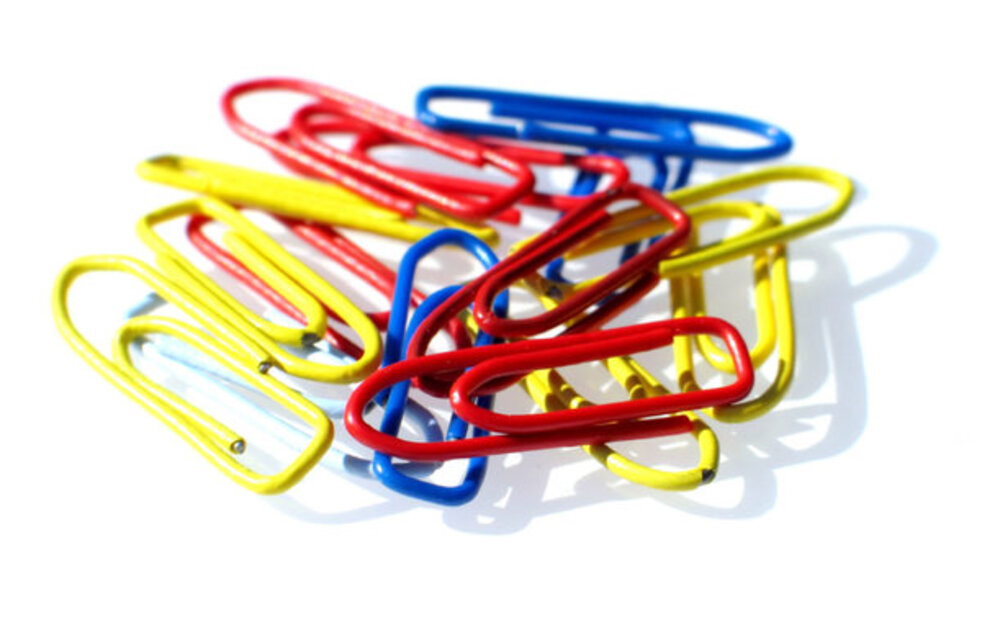
Our Gemara on Amud Aleph refers to writing with gall nut ink, on top of parchment treated with gall nut ink. Since they are of the same substance and the writing does not leave a visible impression, the writing is not considered valid.
The Shalah (Shenei Luchos HaBers Shaar HaOsiyos Emes Ve'Emunah.6) understands this in a metaphysical way as well. The Yigdal poetic version of the Rambam’s 13 Principles of Faith describes the third principle as follows:
ūÉųĄūÖū¤ ū£ūĢų╣ ūōų░ū×ūĢų╝ū¬ ūöųĘūÆų╝ūĢų╝ūŻ
He has no likeness to the corporeal
ūĢų░ūÉųĄūÖūĀūĢų╣ ūÆūĢų╝ūŻ,
Nor even is he even corporeal,
The Shalah asks, what is the significance of the additional phrase “
ūĢų░ūÉųĄūÖūĀūĢų╣ ūÆūĢų╝ūŻ Nor even is he even corporeal? If we state, “ūÉųĄūÖū¤ ū£ūĢų╣ ūōų░ū×ūĢų╝ū¬ ūöųĘūÆų╝ūĢų╝ūŻ He has no likeness to the corporeal”, surely he has no body!
The Shalah’s answer is, “It is gall nut ink on top of parchment treated with gall nut ink.” Let us try to figure this out. Even though God is not made of any matter, one might think, “Surely He must be made out of SOMETHING, even if it is something we do not see or feel!.” The Shalah understands the Yigdal phrase is to emphasize that God is not made of any kind of matter, not even ethereal matter. Rather, he is beyond all matter and is the essence of all things, while himself having no essence. The Shalah compares this to the ink on the parchment, which is of the same substance as the parchment itself and therefore leaves no visible impression. Just as the ink is not separate from the parchment, so too God is not separate from the world he created. However, just as the ink leaves no visible impression on the parchment, so too God is imperceptible to our senses.
Translations Courtesy of Sefaria, except when, sometimes, I disagree with the translation ![]()
If you liked this, you might enjoy my Relationship Communications Guide. Click on the link above.
Rabbi Simcha Feuerman, Rabbi Simcha Feuerman, LCSW-R, DHL is a psychotherapist who works with high conflict couples and families. He can be reached via email at simchafeuerman@gmail.com
 Previous
Previous

